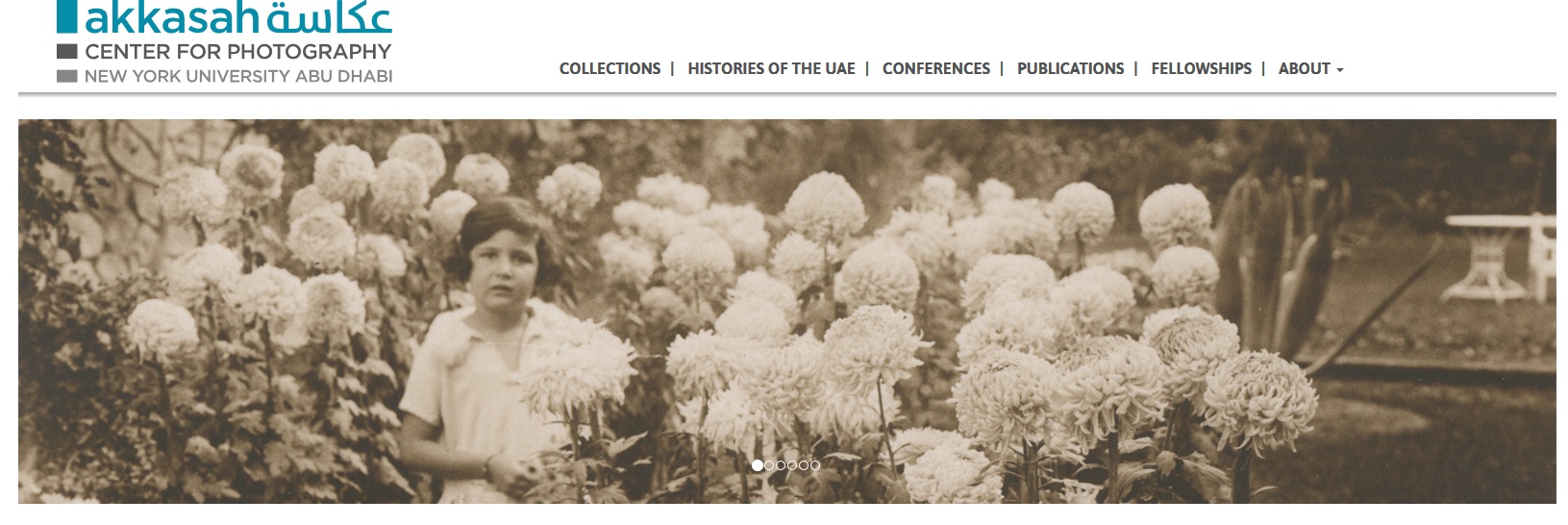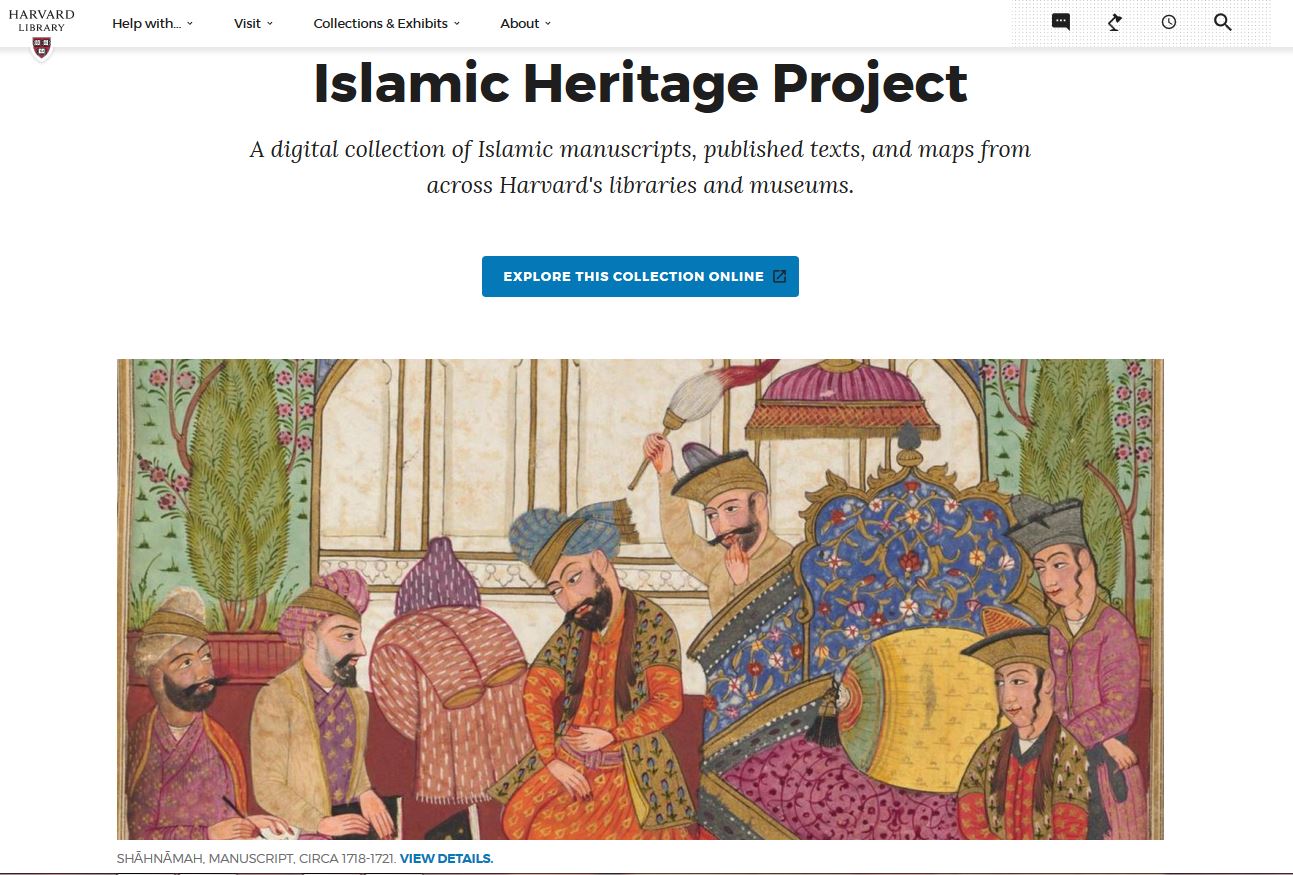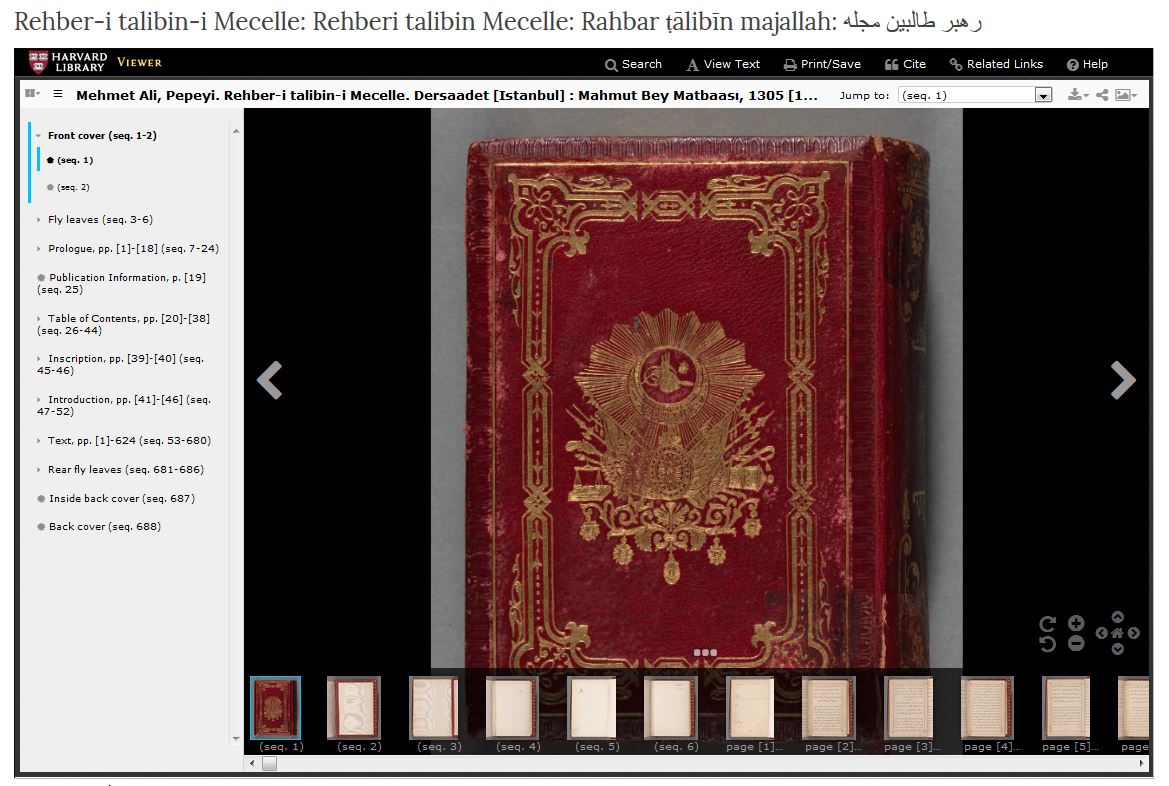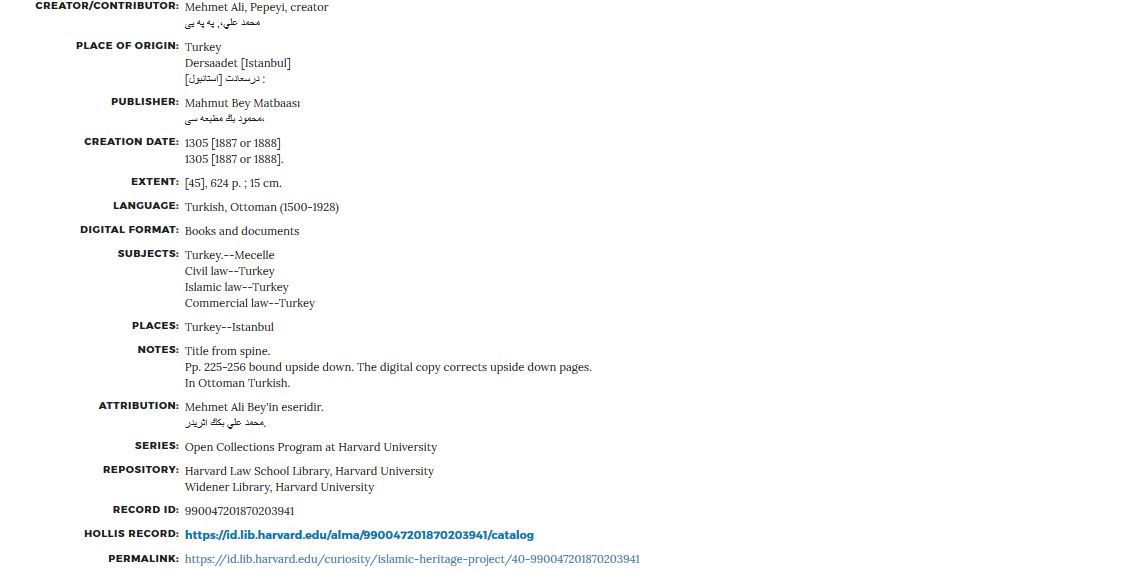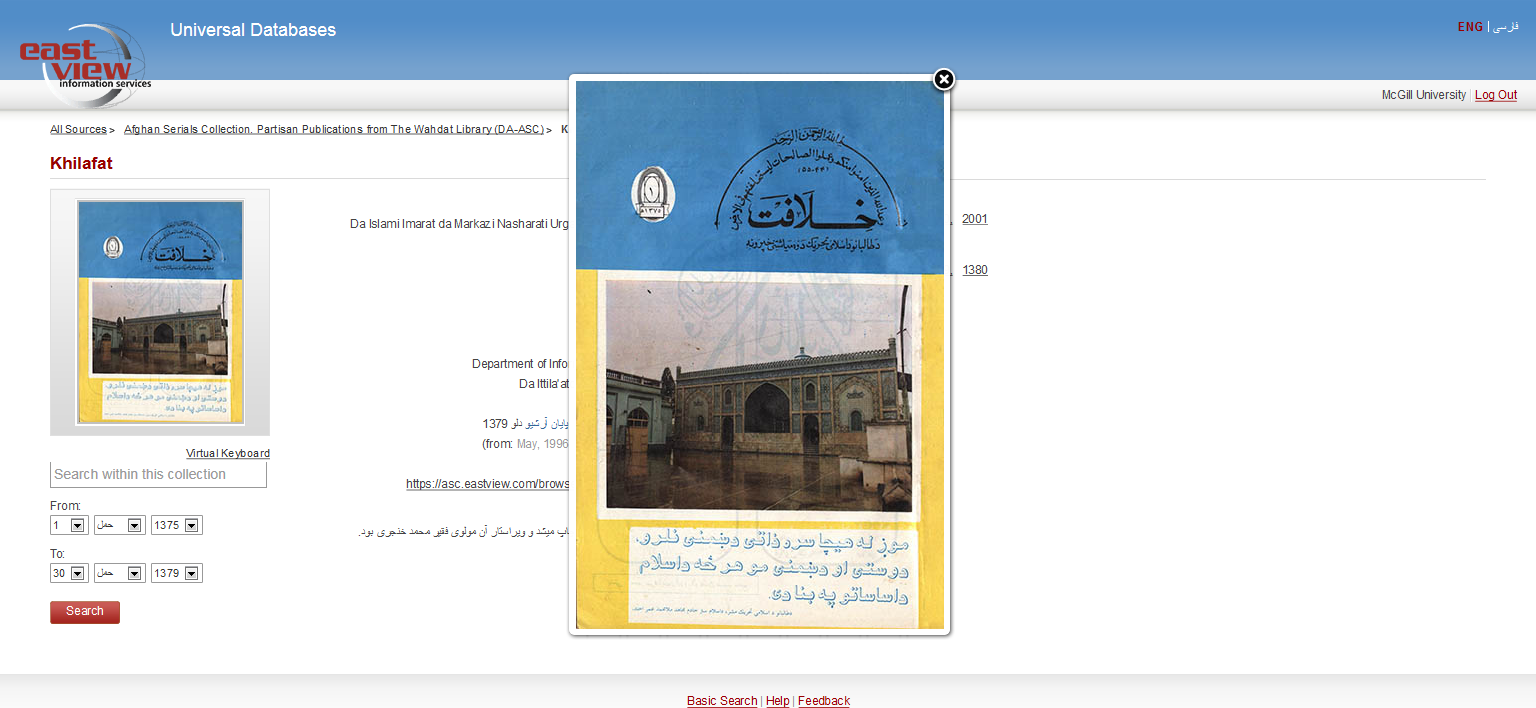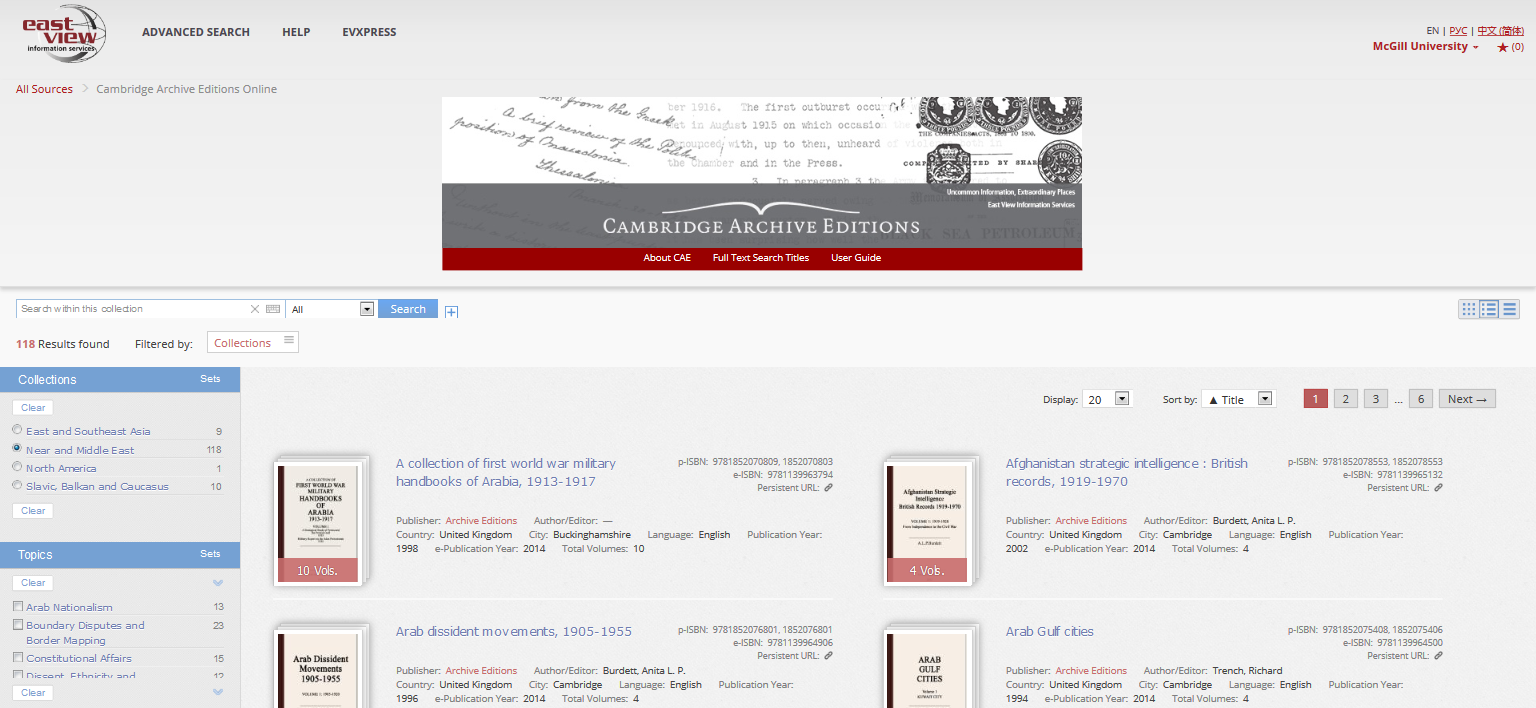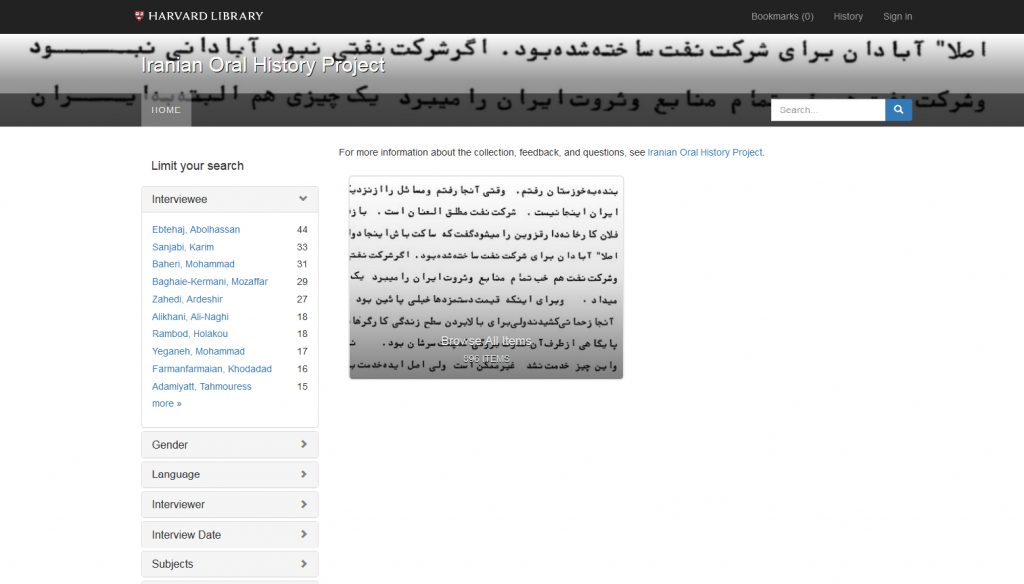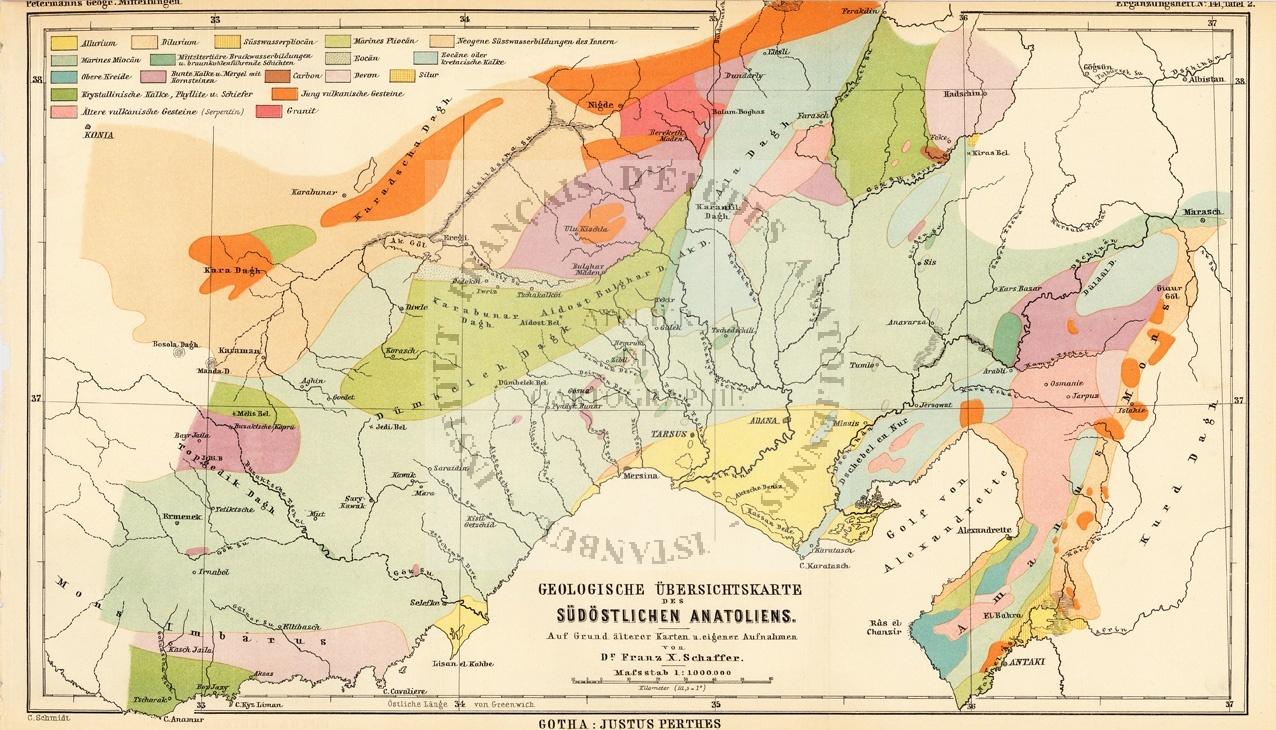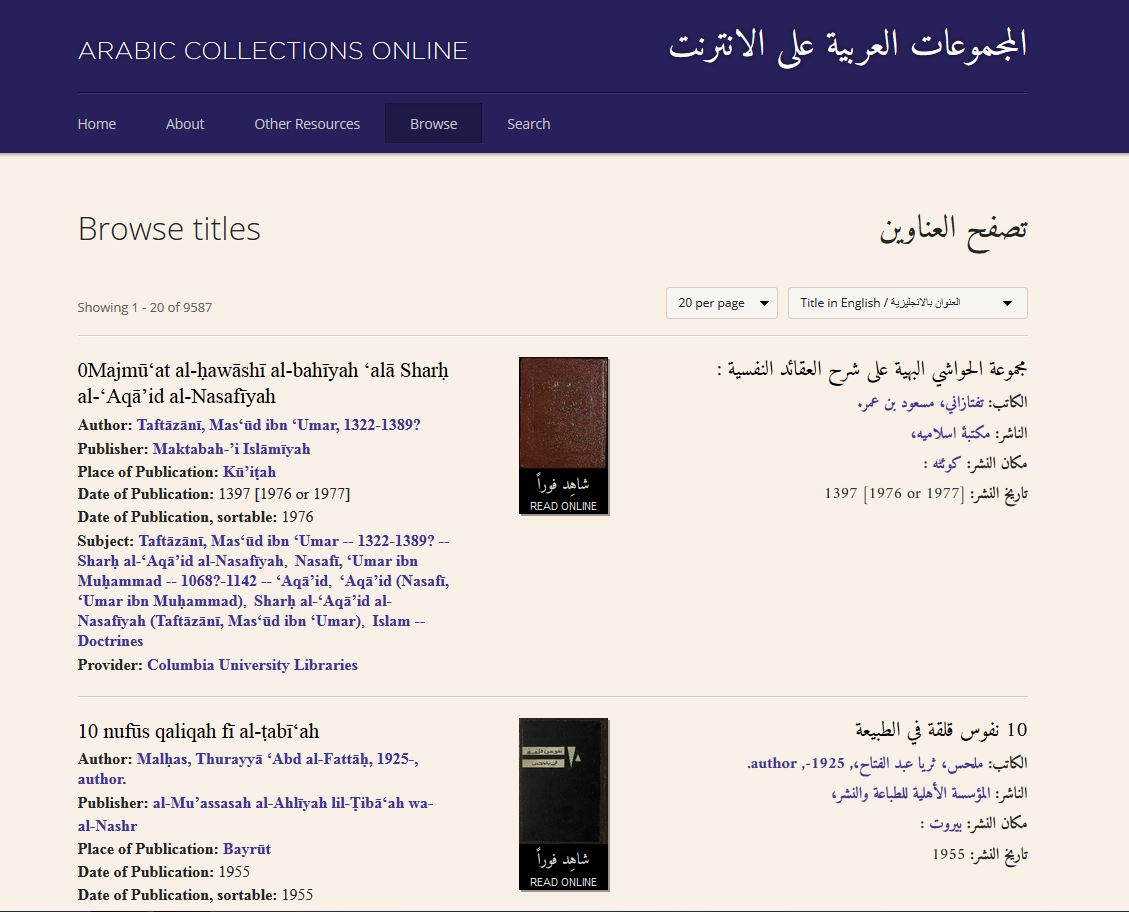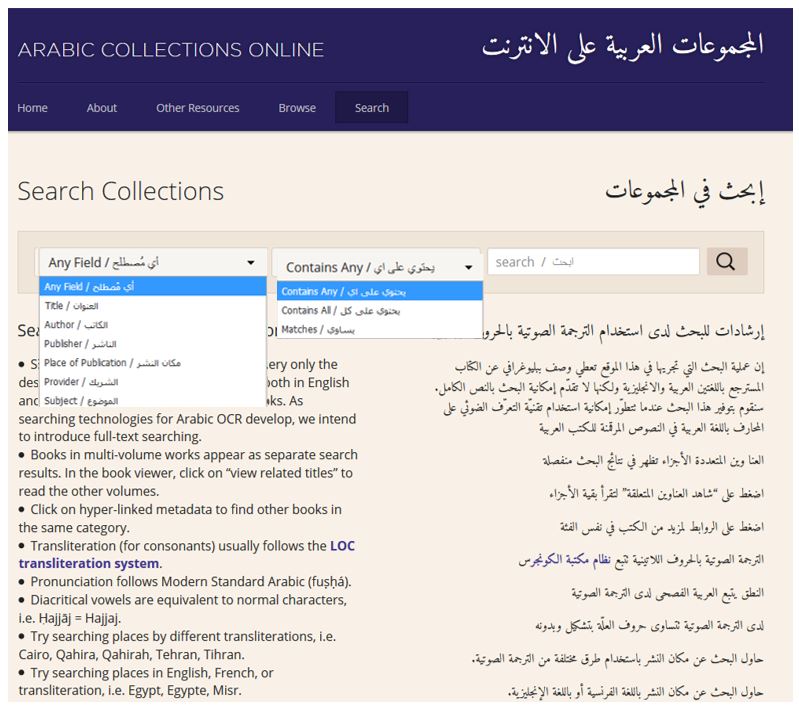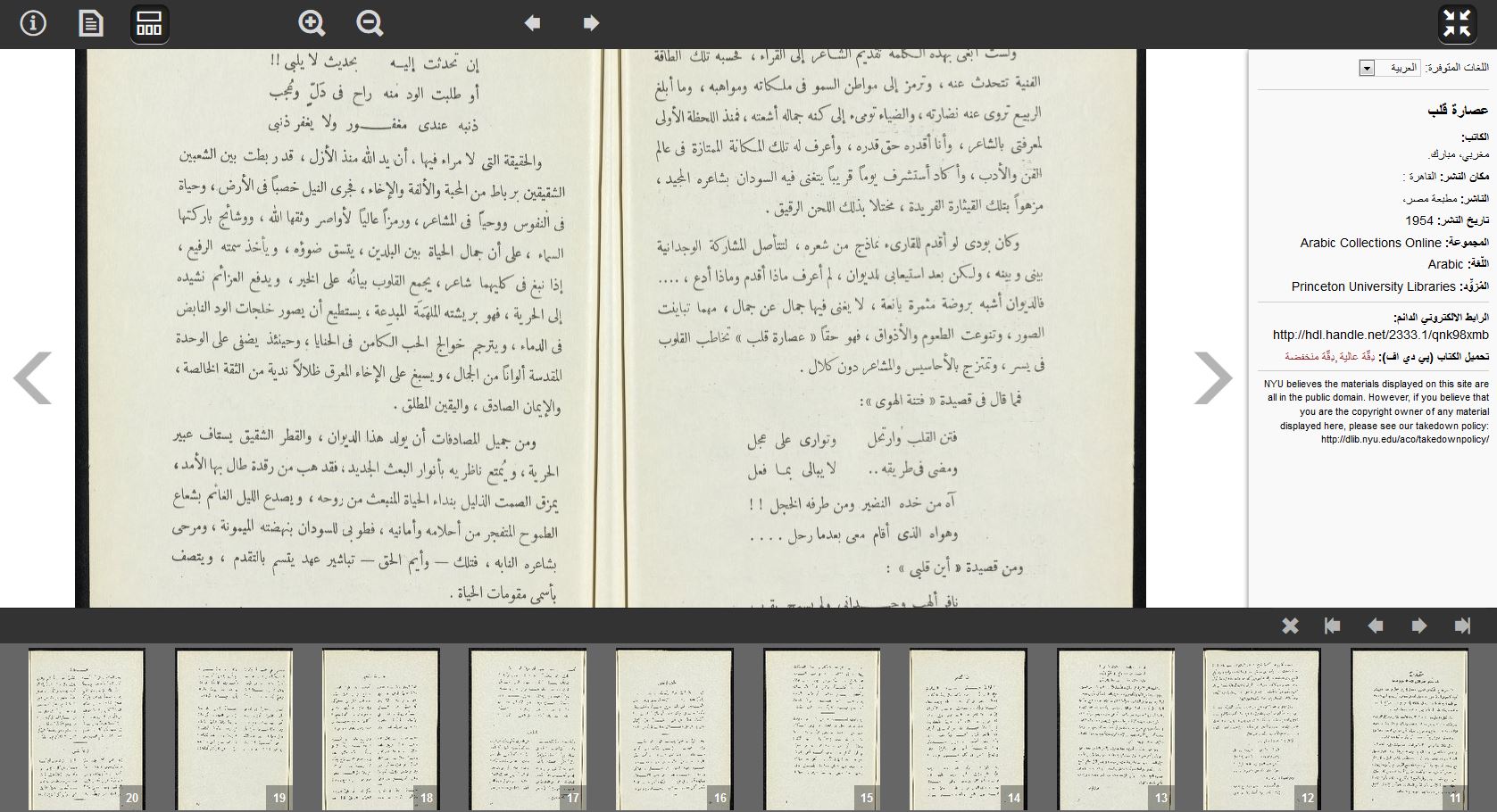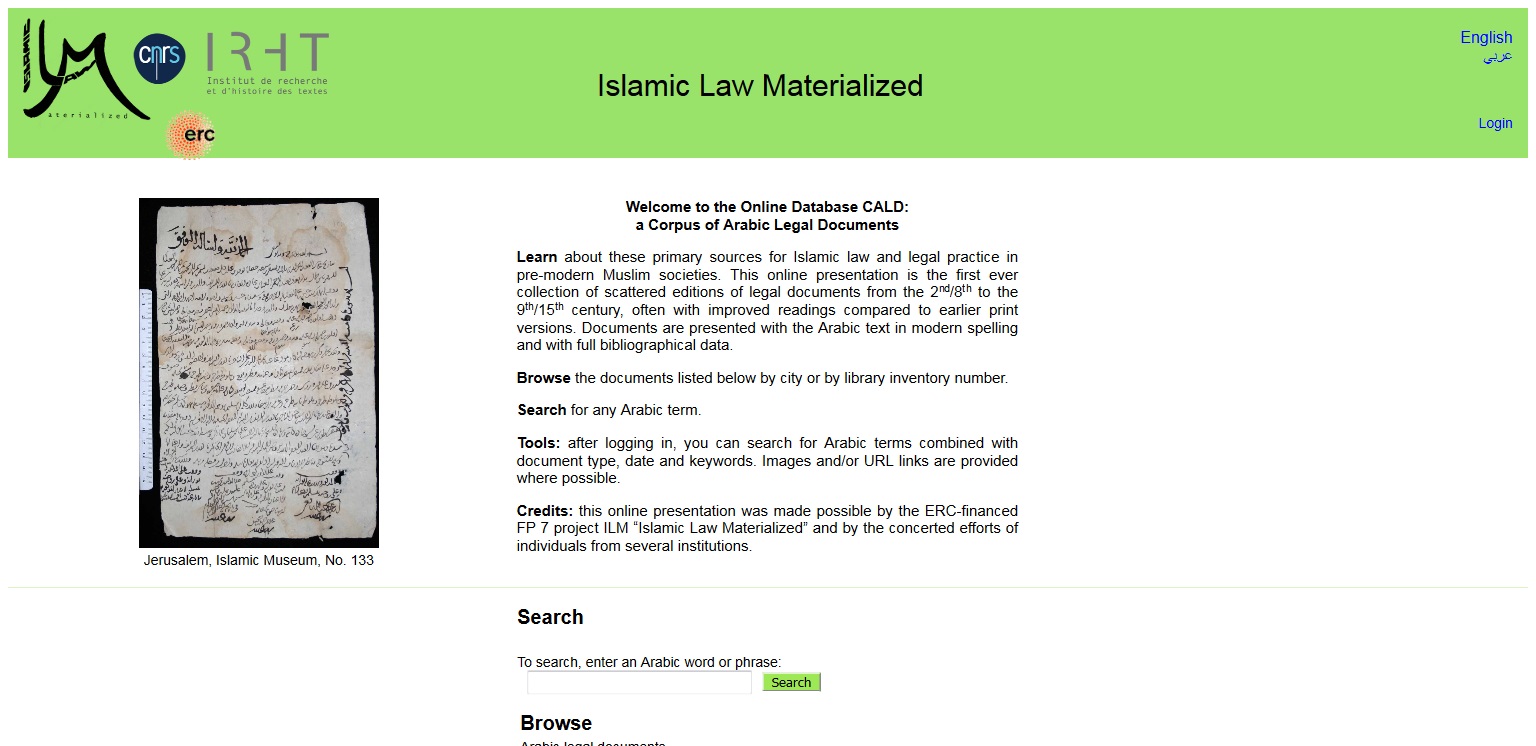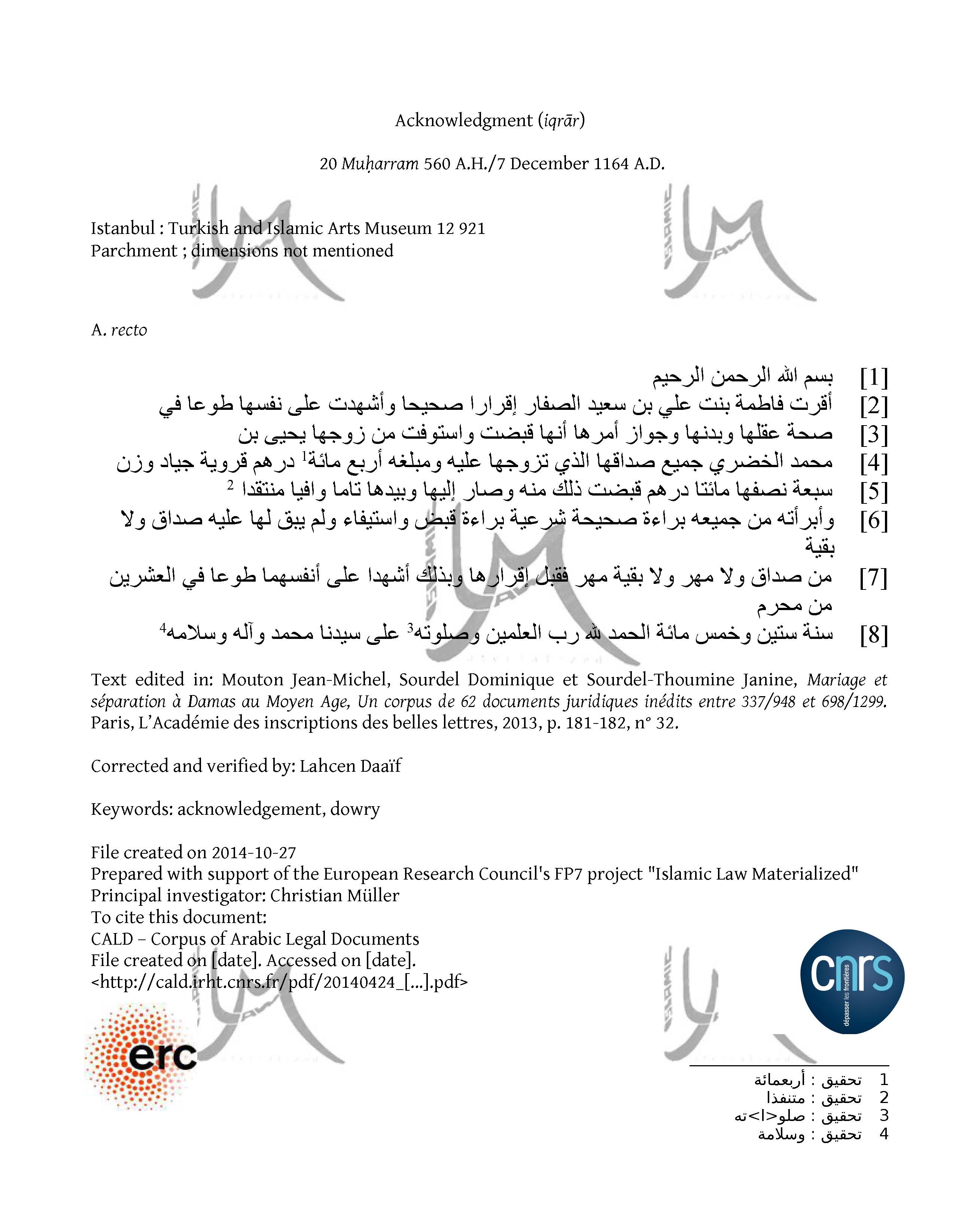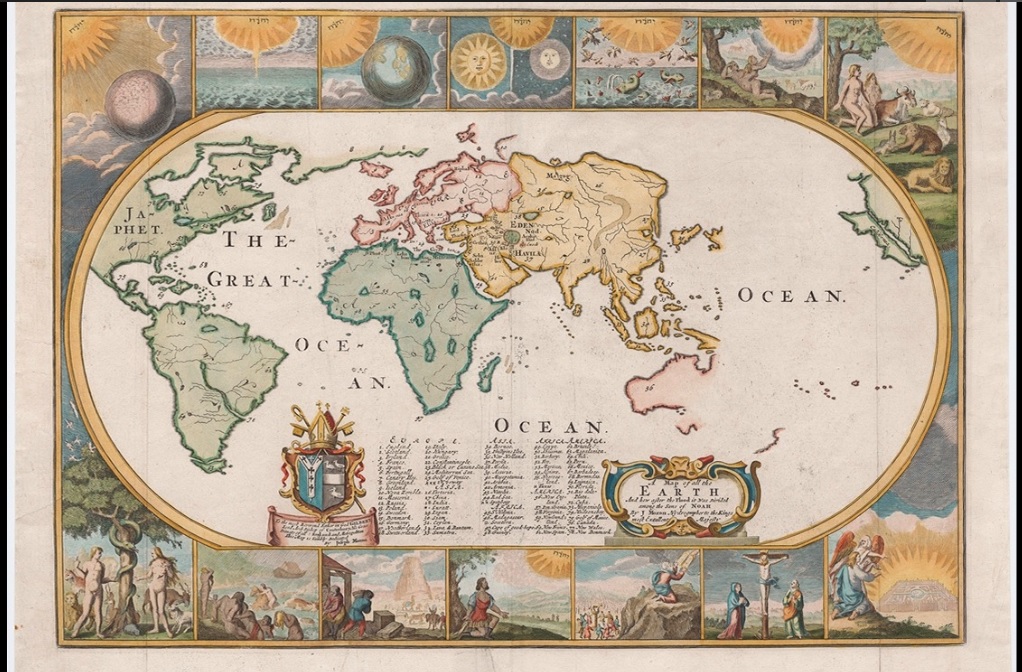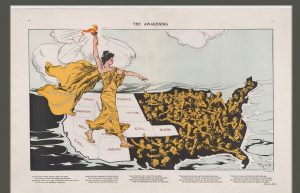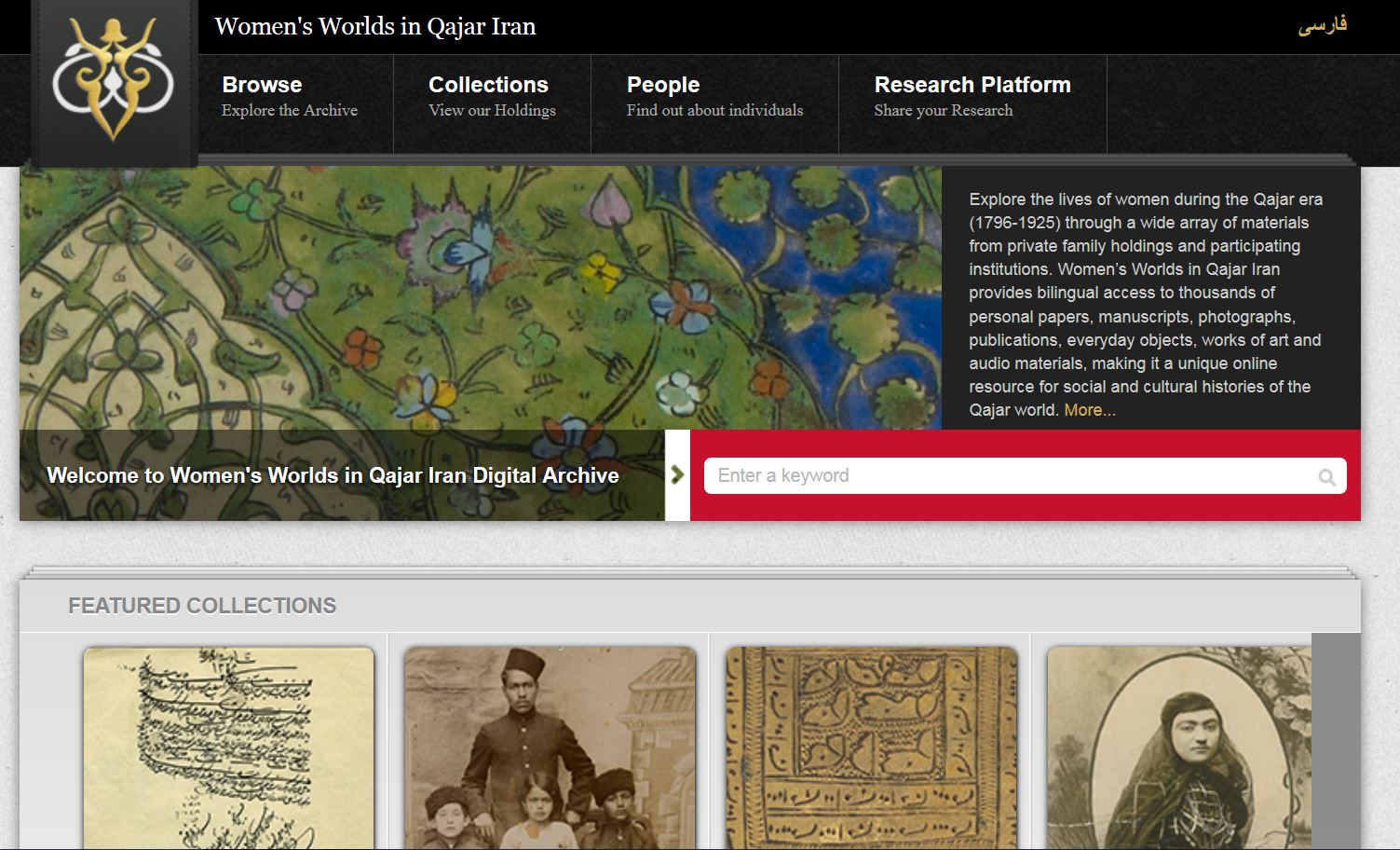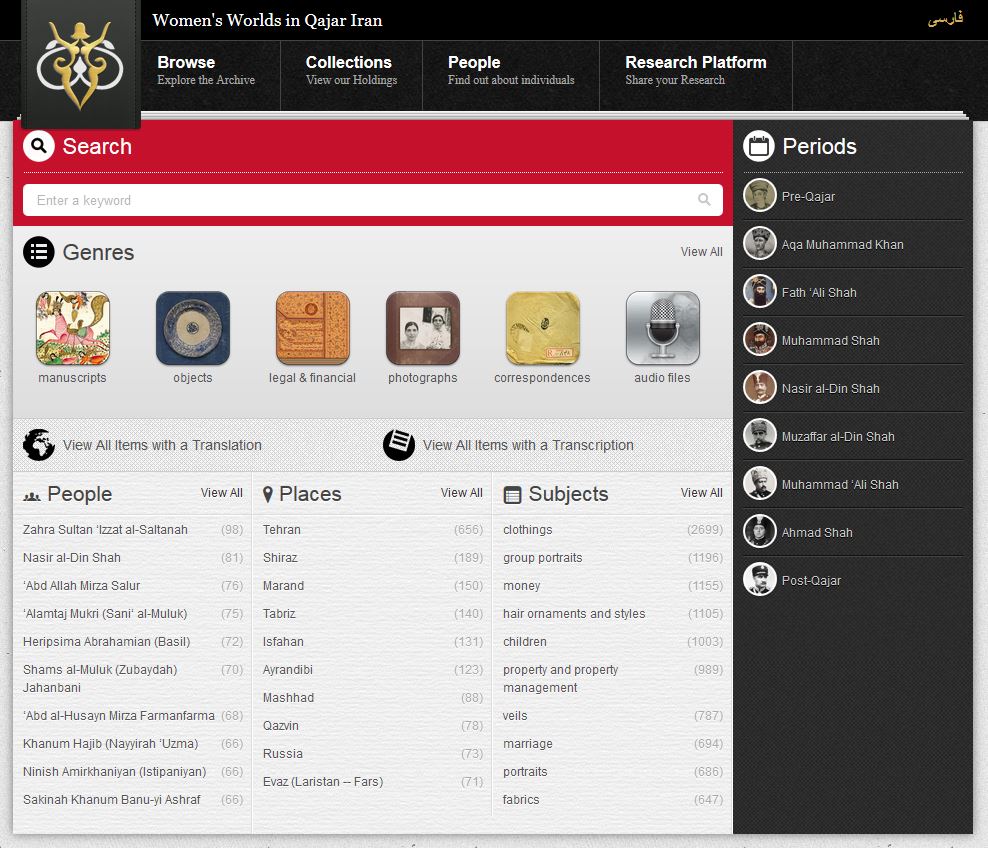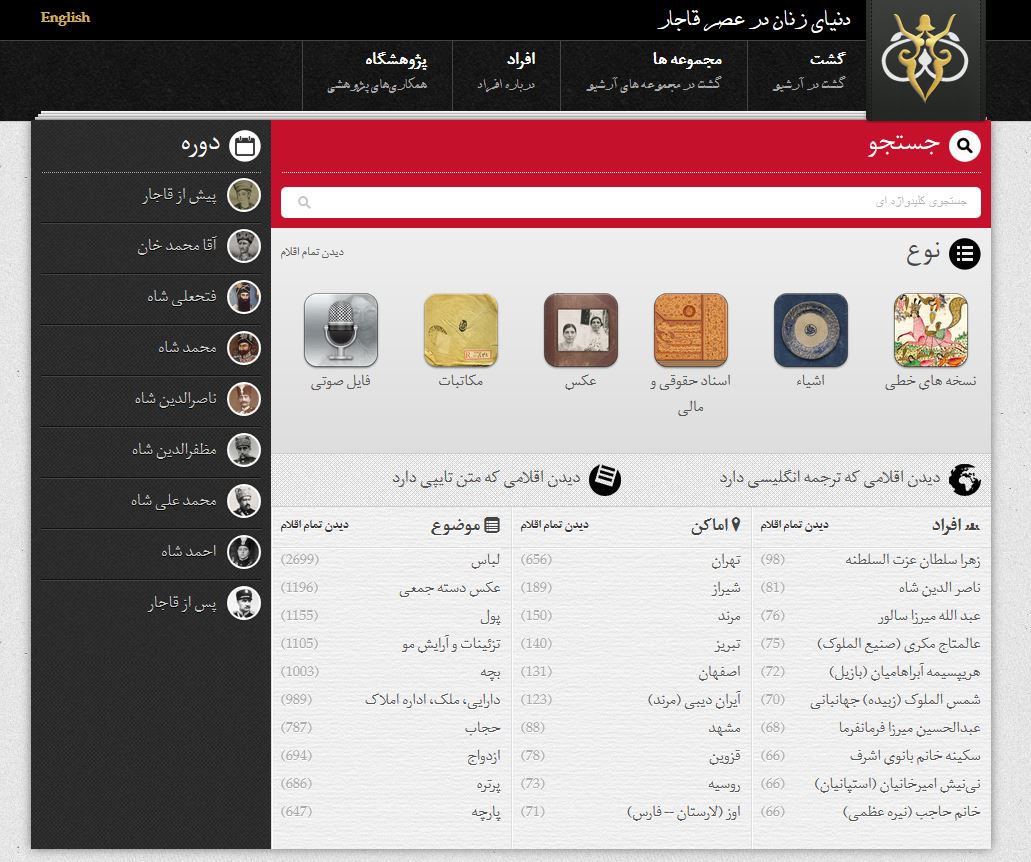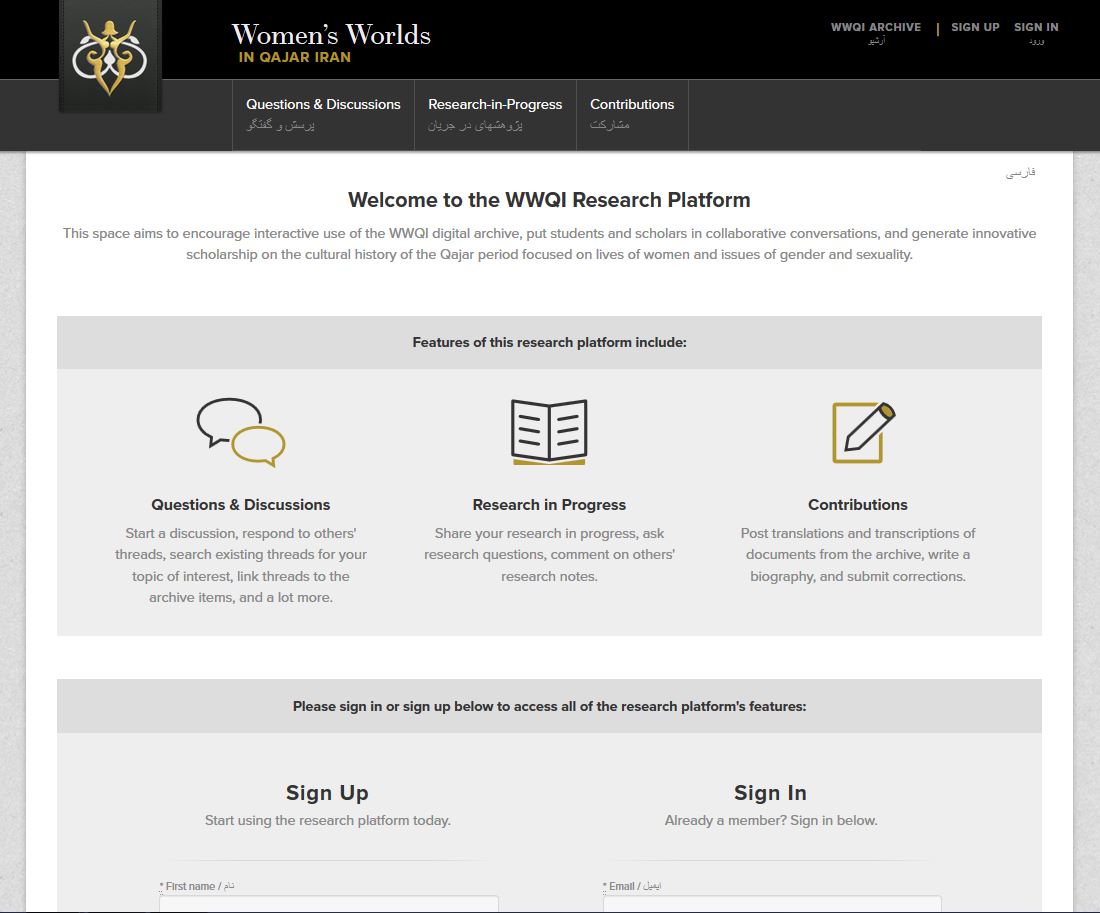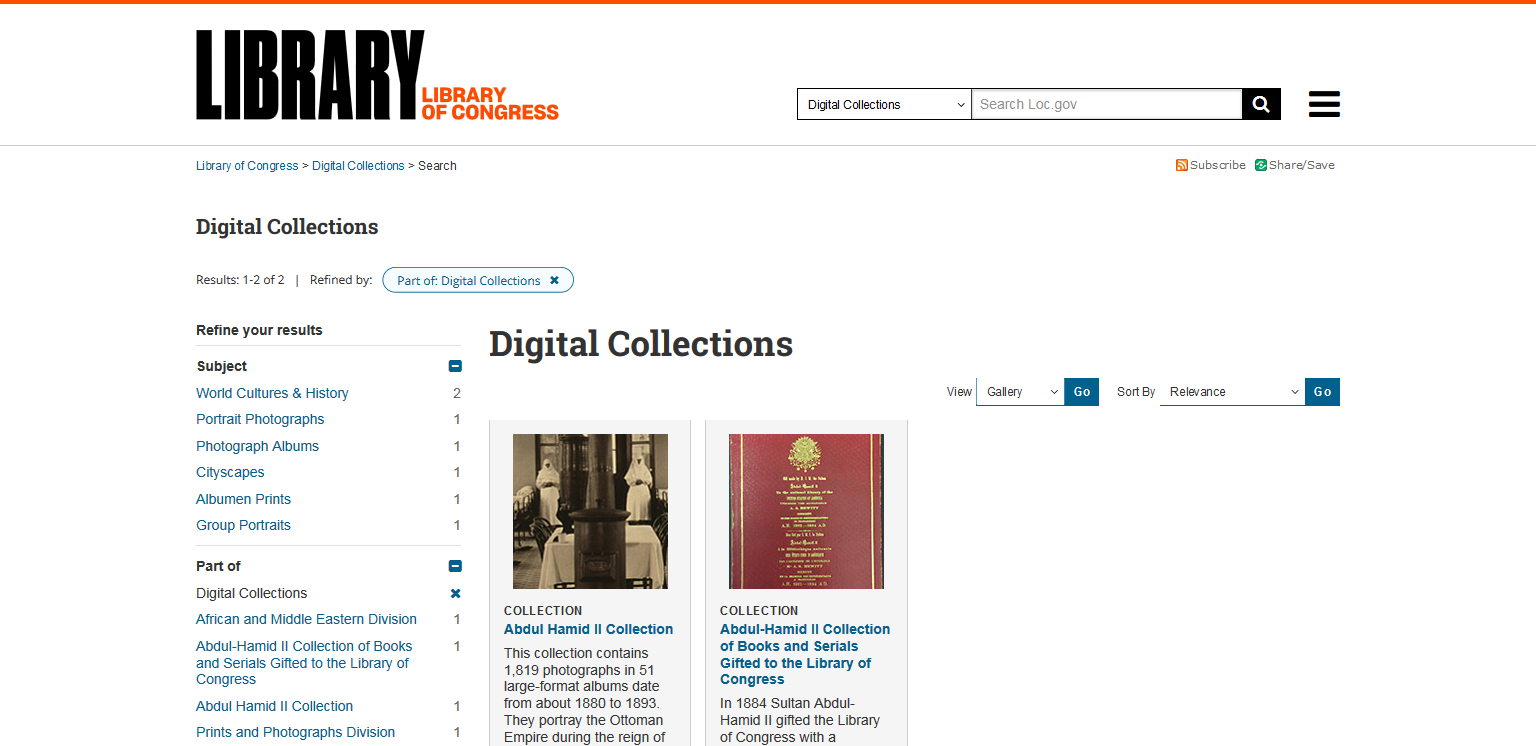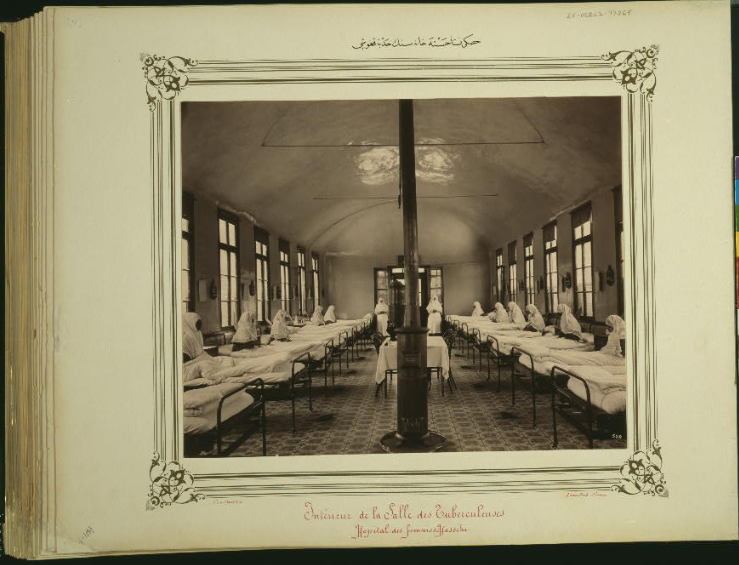Akkasah, the Center for Photography at New York University Abu Dhabi: Houses photographic heritage collections of the Middle East and North Africa. Since it is believed that the rich traditions of documentary, vernacular, and art photography in those regions has not acquired enough attention, Akkasah aims to investigate, document and preserve histories and contemporary practices of photography in those regions.
Akkasah contains 60,000 images, and gathers collection of prints and negatives; also it produces digital versions of collections of individuals or institutions who are willing to share their collections.
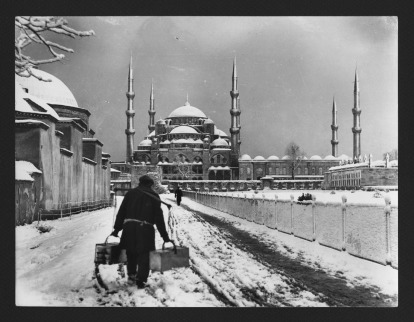
Sultan Ahmed Mosque, street seller in the snow (circa 1930, Istanbul, Turkey). Source: Engin Ozendes Collection, Courtesy of Akkasah: Center for Photography at NYU Abu Dhabi.
The database is constitute of three collections of Historical Collections, Contemporary Projects, Photo Albums.
Akkasah turns out to be more than a database of photo collection, it became a successful collaborative project management, representing partnership between faculty and library, here more information ca be found in this regards.

Wall of windows and mihrab with men praying in the Blue Mosque in Istanbul, Turkey Source: Engin Ozendes Collection, Courtesy of Akkasah: Center for Photography at NYU Abu Dhabi.
Furthermore, Akkasah through conferences, research fellowship program of the NYUAD institute, colloquia, and publications; tries to support research on Middle Eastern and North African photography also on cross-cultural and transnational aspects of it.
Some of Akassah’s activities includes:
- Producing a series of publications that reflect the scholarly and archival concerns of the center
- Commissioning new documentary projects on the diverse cultures and communities of the Unite Arab Emirates
- Establishing a special collection of rare photobooks from around the world
- Inviting applications for research fellowships in the area of Middle Eastern and North African photography through the Research Fellowships in the Humanities program funded by the NYUAD Institute.
In this article, you can read more the story of Akkasah: The long read: NYUAD’s Centre for Photography unveils a new collection of antique images from the Middle East


